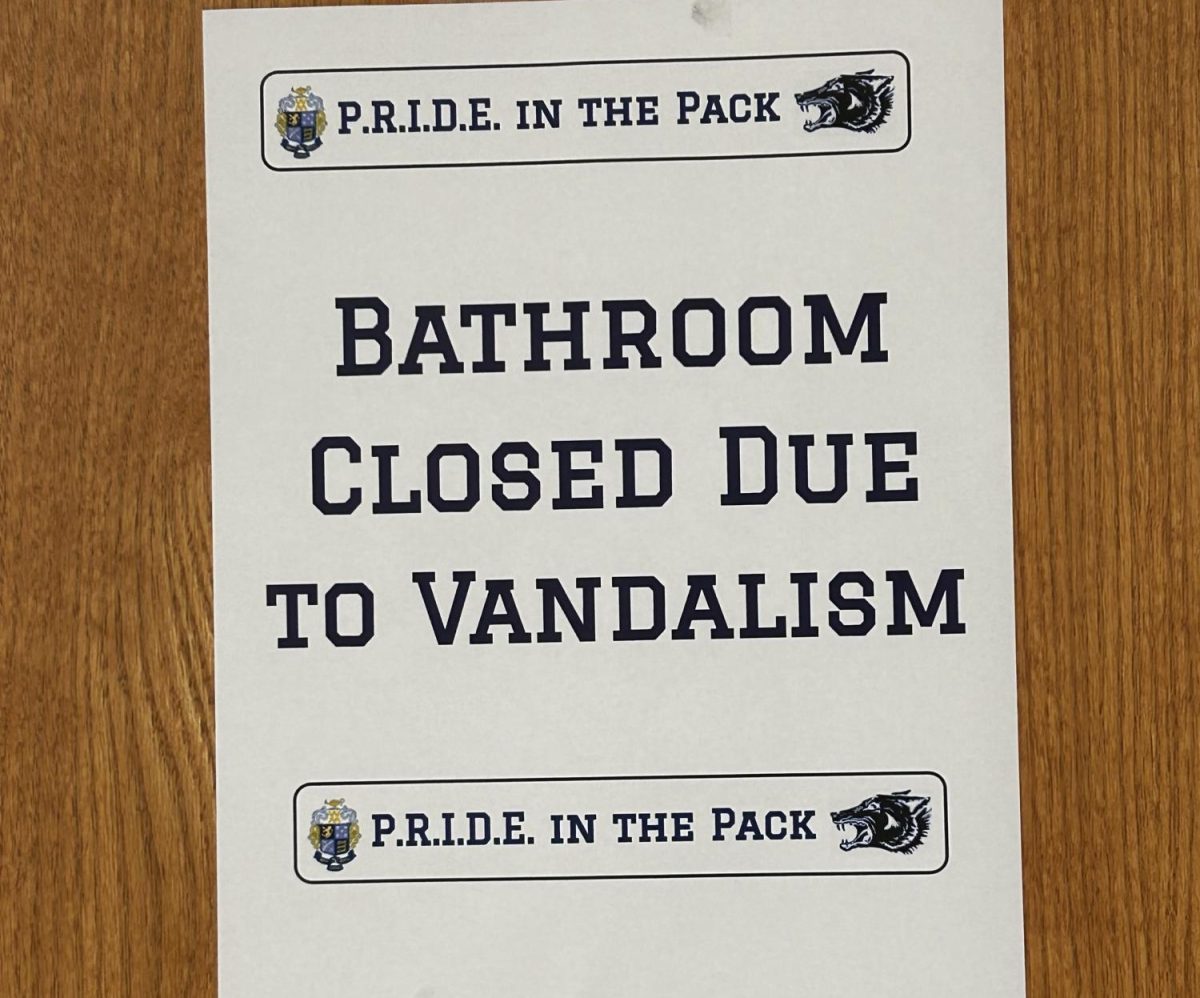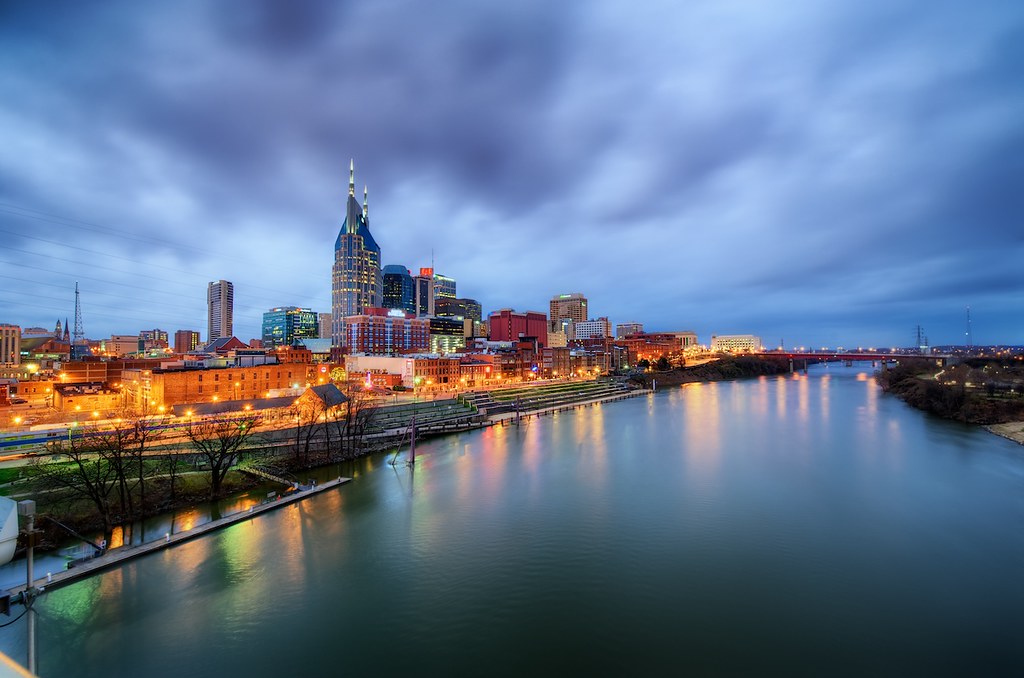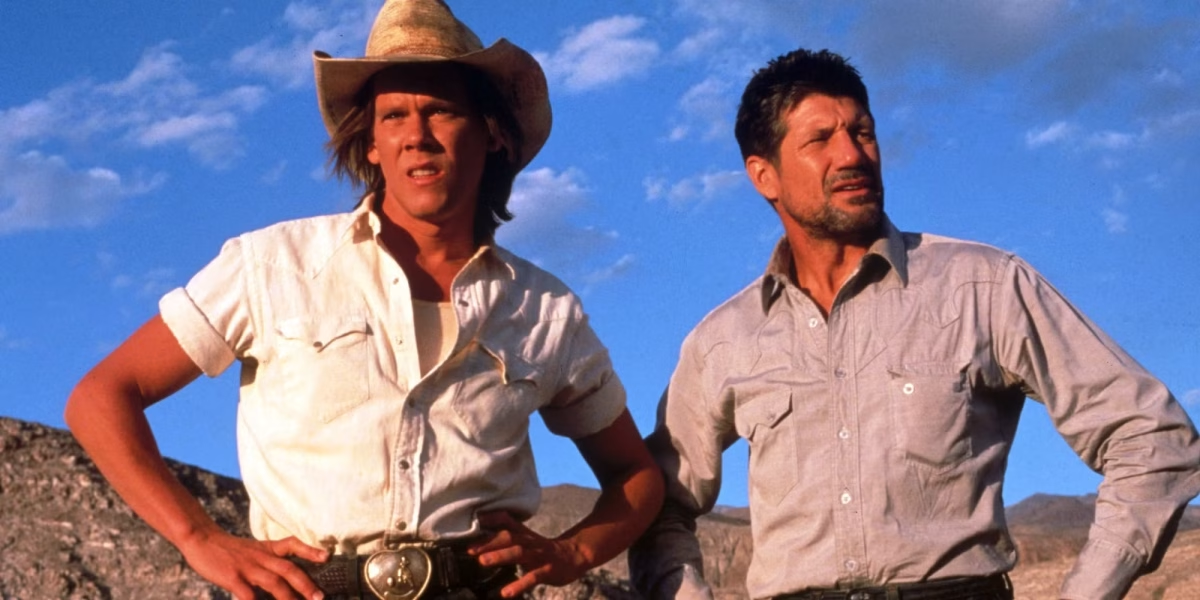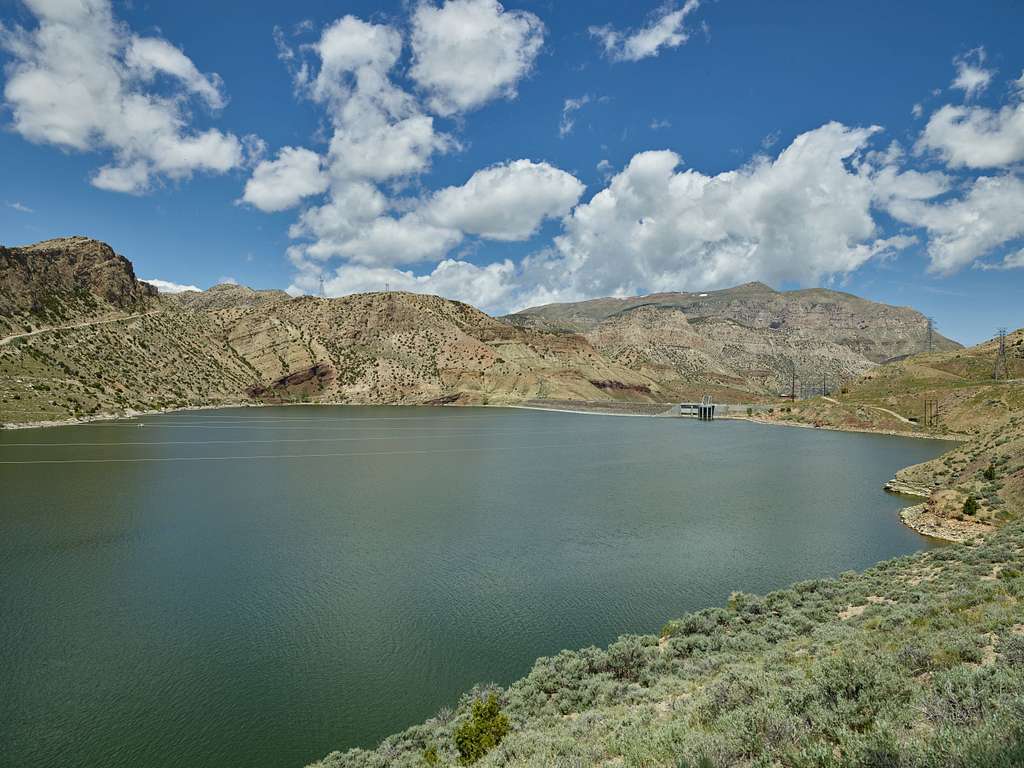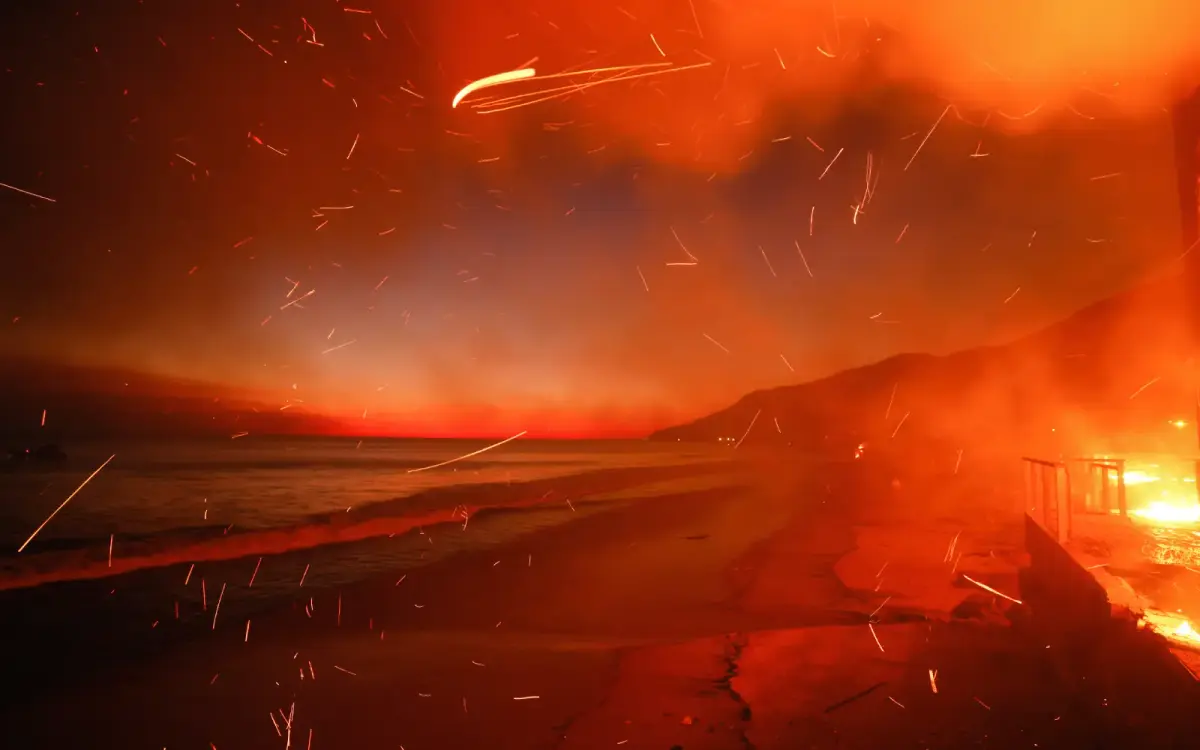In the past few weeks, New Jersey has been caught in an extreme drought. Dry conditions seem to define this year’s fall season. From dead foliage and dry air to dangerous wildfires, almost every resident in the state has felt the effects. According to the U.S Drought Monitor, All NJ counties are in at least a D2 drought level, otherwise known as severe drought conditions. Numerous places in Southern New Jersey are in D3 (extreme drought) conditions. The lack of water has led to an increased number of wildfires that have demanded the resources of fire protection services. Otherwise, in the words of NBC New York, NJ has seen “its driest September and October ever,” and November’s arrival has done little to alleviate the dire situation.
According to National Geographic, a drought is both extremely costly and incredibly dangerous. Unlike other natural disasters, droughts rarely have a distinct beginning and a distinct end. Affected environments cannot heal instantaneously from a drought. When rainfall remains below average, droughts will gradually worsen, consuming resources, affecting the agricultural industry, and encouraging fire spread. All these consequences have been present in New Jersey. Accuweather states that in both New Jersey and New York, reservoirs such as the Neversink Reservoir, Schoharie Reservoir and the Ashokan Reservoir all have been at a much lower percentage capacity than normal. According to NJ.com, cranberry harvests have been affected by the dwindling of water reservoirs. Cranberries are a unique fruit in that they require a large amount of water to harvest. Usually, cranberry fields will be flooded, and the cranberries will float to the surface for collection. But because reservoir water is slowly drying up, some cranberry farmers resort to using well water, making the harvesting process more expensive and time-consuming.
Arguably the most threatening side effect of the drought, however, has been the threat of wildfires. According to CBS News, one of these fires, located in Burlington County, NJ, reached 40 acres. The Jennings Creek Wildfire, a much bigger blaze spanning both New York and New Jersey, reached 3500 acres, says Gothamist.
West Morris has also been threatened by the risk of wildfire. “There was a…brushfire around the corner from our house, and we live in the woods, so it’s really easy for fires to spread. It makes us really worried,” says junior Olivia Constantino.
Overall, Because of the dry environment, fire has become a major issue for many people in New Jersey. Yet despite the danger the drought poses, measurements have been implemented to hopefully reduce the risk associated with dry weather. According to the Department of Environmental Protection, NJ Governor Phil Murphy has placed both a drought warning and restrictions on starting fires in general. The fire restrictions “prohibit all fires unless they are contained in an elevated stove using only propane, natural gas, or electricity. No wood or charcoal fires are allowed, and the use of kerosene or gas torches of any kind is prohibited”.The document also urges the public to, for example, use brooms instead of water to sweep their sidewalks, fix leaking pipes to prevent water loss, and refrain from watering foliage in order to prevent excessive water use.
One teacher at West Morris, Mrs. Olsen, has been taking similar personal measures in response to the drought.
“Our property’s incredibly dry…We’re kind of limiting our water use just out of…attention or awareness that that it could be running low because… we are really stretching whatever water we have access to in our underground aquifers and our wells. So we have just been really mindful of limiting: Shorter uses of water, just being more mindful…Thankfully we haven’t had any brushfire risk. I have put some water outside in our back garden just for the chipmunks and the squirrels. We have a deer fence that I unplugged out of fear that it might spark a fire,” Mrs. Olsen explained.
Overall, The NJ drought has increased the risk of fire and affected agriculture and water reservoir levels. Although measures have been put in place to reduce any consequences the drought may cause, New Jersey is still suffering, and there is no telling when the rainfall will return to normal and the environment can begin to heal.



















